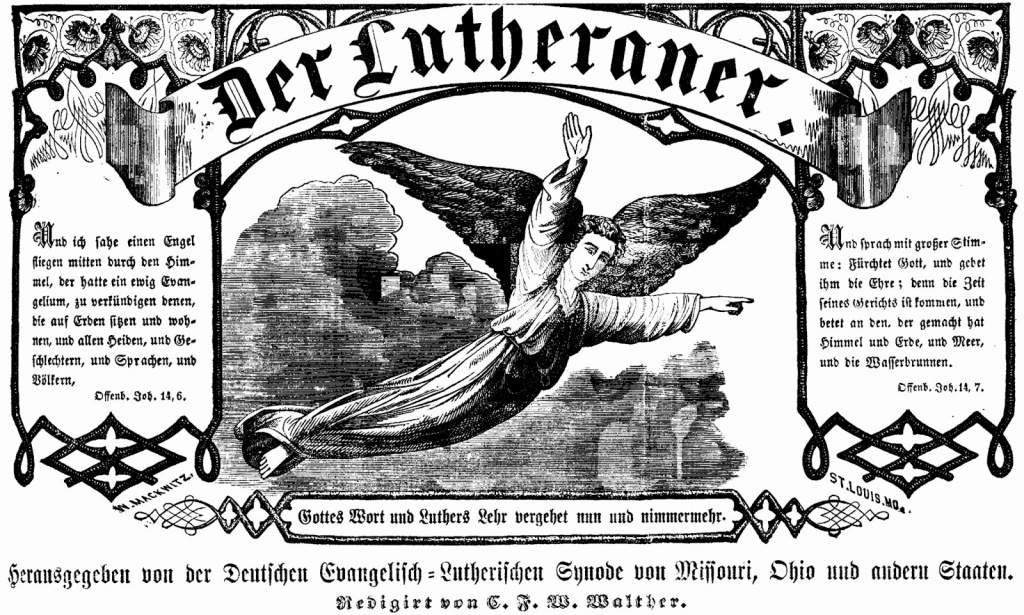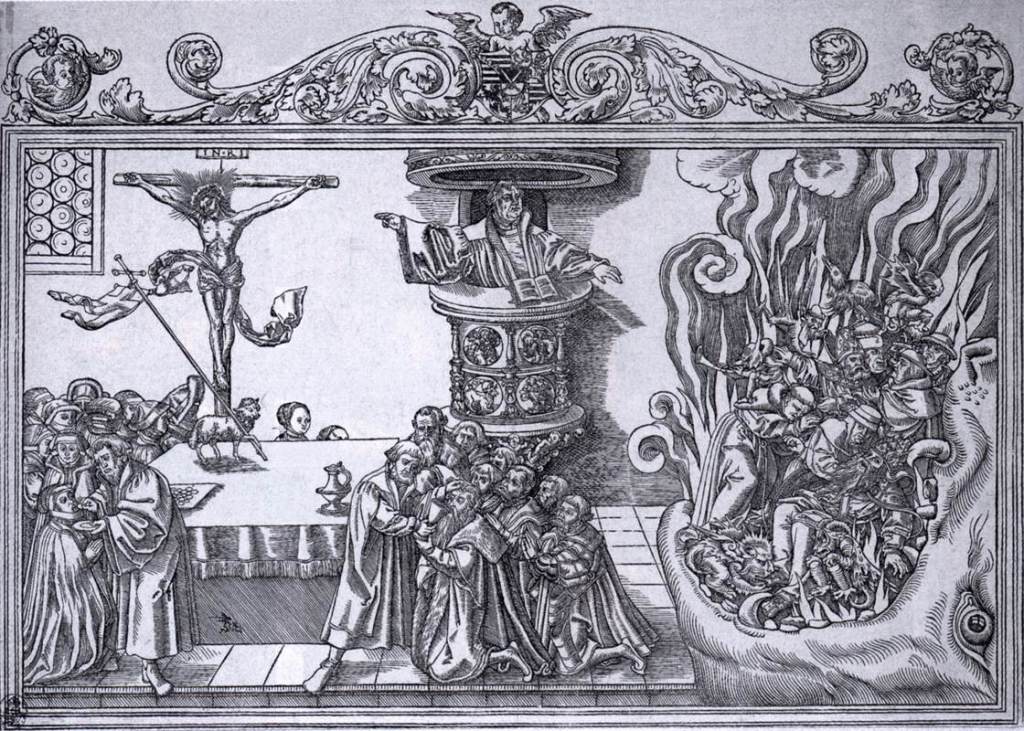An argument in favor of the perpetual virginity of Mary, the Mother of God, has sprung up relatively recently. This argument is made solely by Lutherans who, of course, answer Yes to this historical question. They say that Luther, in his incomparable Smalcald Articles, which are a part of the confessional writings of the Evangelical Lutheran Church, asserted (as he does elsewhere) that Mary remained a virgin throughout her entire life. Hence, one may not be a Lutheran without holding to this doctrine.
Now, they are not wrong in either their estimation of the Smalcald Articles or Luther’s view on this question. Even in his late writing Vom Schem Hamphoras (St. L. 20, 2028–2109), Luther maintained the eternal virginity of the Mother of God against the Jews. On the symbolical authority of Luther’s articles, see Bente, Historical Introductions, second edition, pp. 135–137. Nor would the author of this short article dare to assert that, according to Scripture, the Virgin Mary must have had children other than Jesus; rather, he will let it remain an open question, as Scripture does.
But the question to be answered is, Do the Smalcald Articles (I, IV) authoritatively teach, in the form in which they were originally signed, that Mary remained a virgin? In order to answer this we must first know what the articles, in their various authoritative forms, say. The German reads thus:
Daß der Sohn sei also Mensch [ge]worden, daß er vom Heiligen Geist ohne männlich Zutun empfangen und von der reinen, heiligen Jungfrau Maria geboren sei.
However, the Latin seems to have a somewhat different meaning, for it says:
Filius ita factus est homo, ut a Spiritu Sancto sine virili opera conciperetur, et ex Maria, pura, sancta sempervirgine nasceretur.
Now, that the Latin translation of the German original1 cannot create new doctrines, should be plain to all. For translations should not add the thoughts of the translator, but accurately present those of the original author. And there is nothing in the words “reinen, heiligen Jungfrau” that might imply that the virgin in question forever remained a virgin. The words do not say anything of the future, and a translation cannot make them say anything of the future. Therefore, the “sempervirgine” of the Latin must be taken as a set phrase, which simply means that the Mary referred to is Christ’s mother. For, as any sensible man can see, a translation that adds doctrines is no translation at all. And because the German text does not contain even a hint of the doctrine of the perpetual virginity of Mary, and because the Latin is a true, faithful translation of the German, therefore the perpetual virginity of Mary is not taught in Luther’s Smalcald Articles.
1. Bente quotes Osiander on page 132 as saying: “Besides this, Luther has also written articles at Wittenberg, short indeed, but splendid and keen, in which everything is summed up in German wherefrom we cannot recede in the council without committing sacrilege.”





